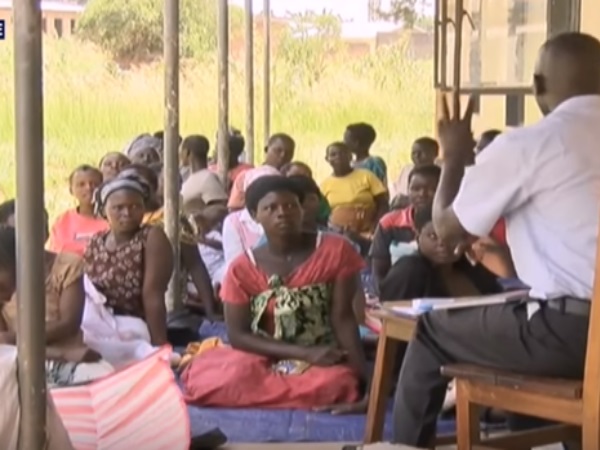The 2016 Demographic and Health Survey that was conducted by the Uganda Bureau of Statistics between June and December in 2016 is out. One of the key findings of the survey was the reduction in the Maternal Mortality rate from the last survey in 2011. Maternal Mortality includes the death of women during pregnancy, delivery and 42 days after delivery excluding death due to accidents or violence. "And the mortality now we are taking is 336 per 100,000 which is a big improvement from our previous data which was 438. And that means, we probably finally have started our journey." Said, Dr. Jesica Nsungwa Sabiiti – Commissioner, Ministry of Health.
Infant mortality was found to have decreased by a half, from 88 deaths per week to 1,000 live births in 2000/2001 to 43 in 2016. The survey also showed that children born to mothers with no education are likely to die young than children whose mothers have more than secondary education. Under 5 mortality is also higher among children in the poorest households compared to children in the wealthiest households. The researchers said this was largely because mothers in rural areas don't visit health facilities for treatment. “…will have access to healthcare, they will have access to good nutrition, they will access to transport services to town to take his child to the hospital, well as in the rural areas, the issues of distance.” Said, Hellen Mirembe – Director, Population and Society, UBOS. “But there are also issues of culture, culture is polluted, poverty, they are less educated and some of these homecare practices are not practical.” Said, JESICA Nsungwa Sabiiti – Commissioner, Ministry of Health.
The study found that 97% of mothers seek antenatal care at health facilities while 54% go for postnatal care after delivery. This helps prevent complications after childbirth. "To see that the umbilical cord is clean, there are no chances of getting an infection. It's actually a law to their nutrition." Skilled assistance during delivery has increased from 37% in 2000/2001 to 74% in 2016. According to the survey, the highest number of mothers losing their lives during pregnancy and delivery is in Karamoja followed by Kigezi, Central 1, Ankole, and Acholi sub-region. The survey also indicated that Karamoja sub-region had the highest prevalence of malaria among children aged 6 – 59 months at 69% followed by Acholi sub-region at 63% and Lango at 62% while Kampala had the lowest malaria prevalence in children at 1% followed by Kigezi at 3%.

